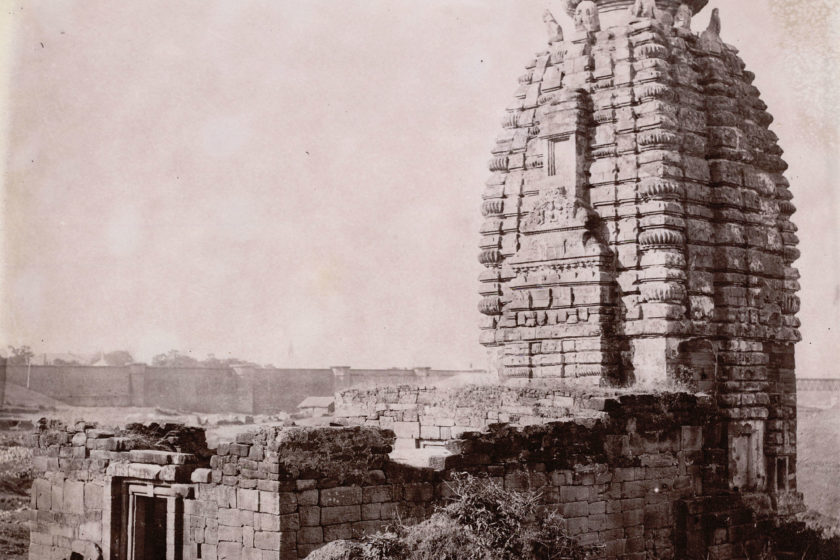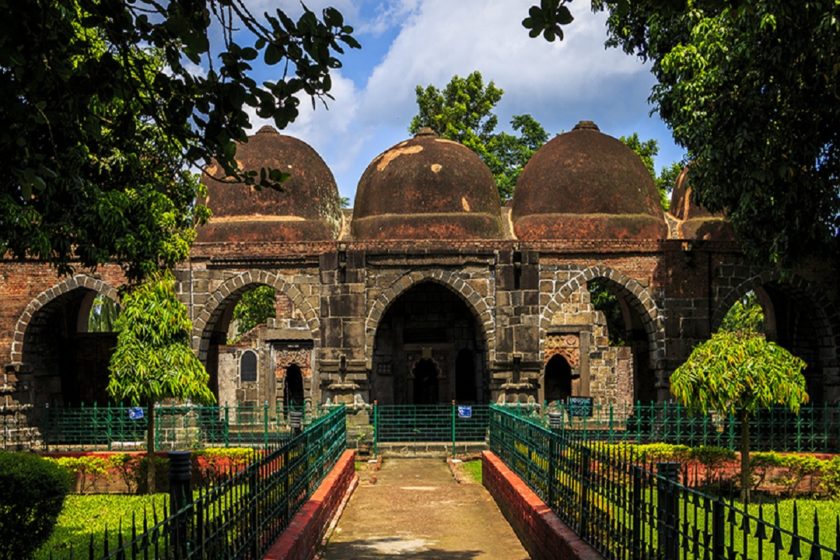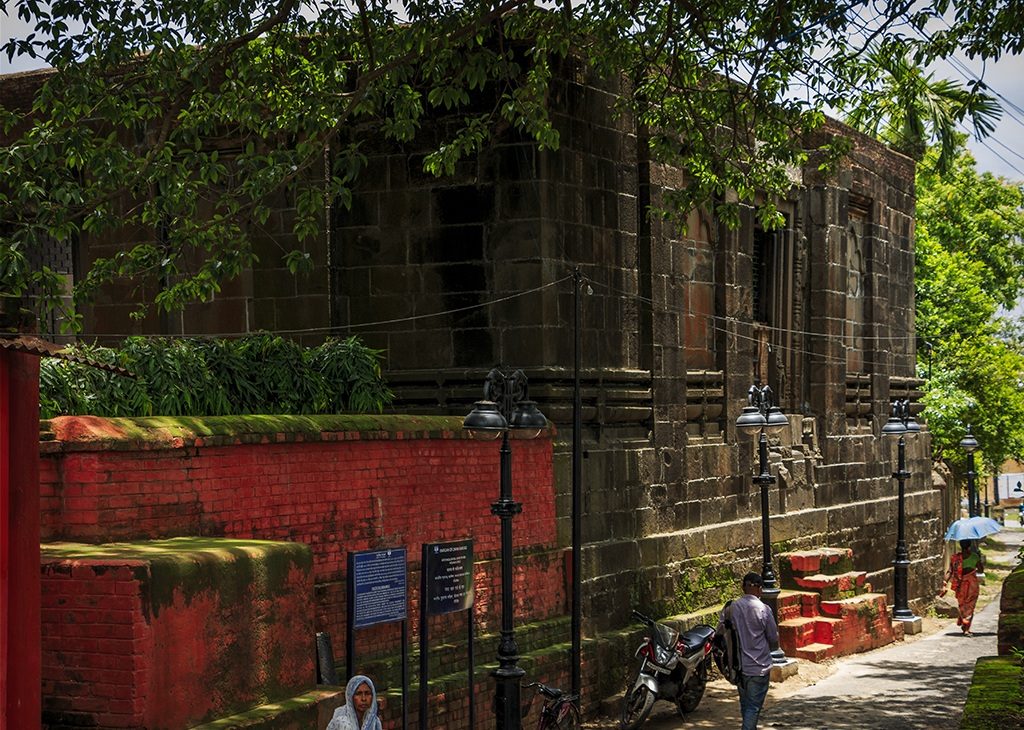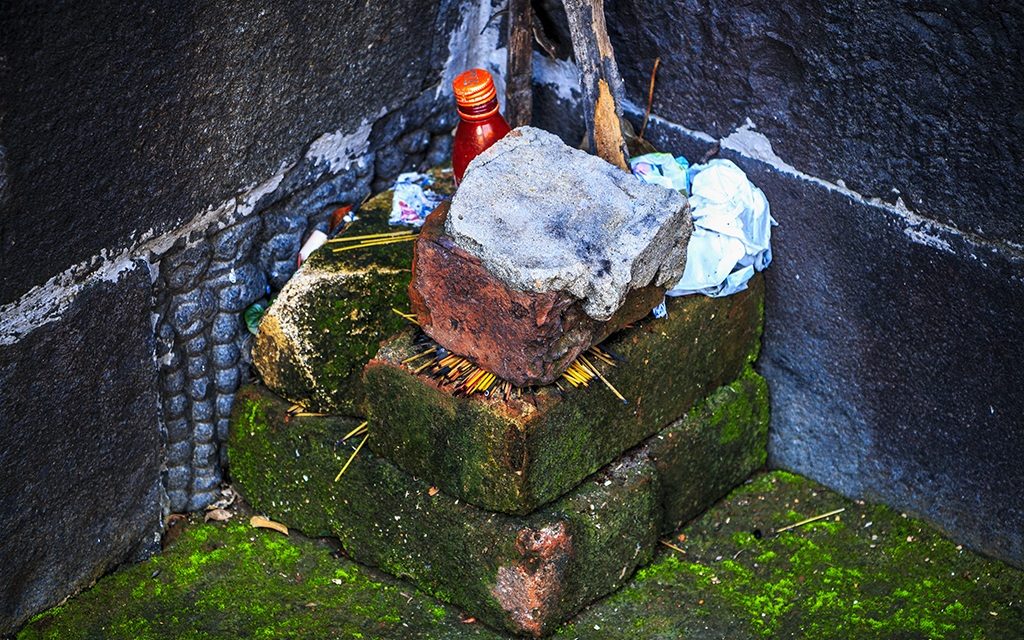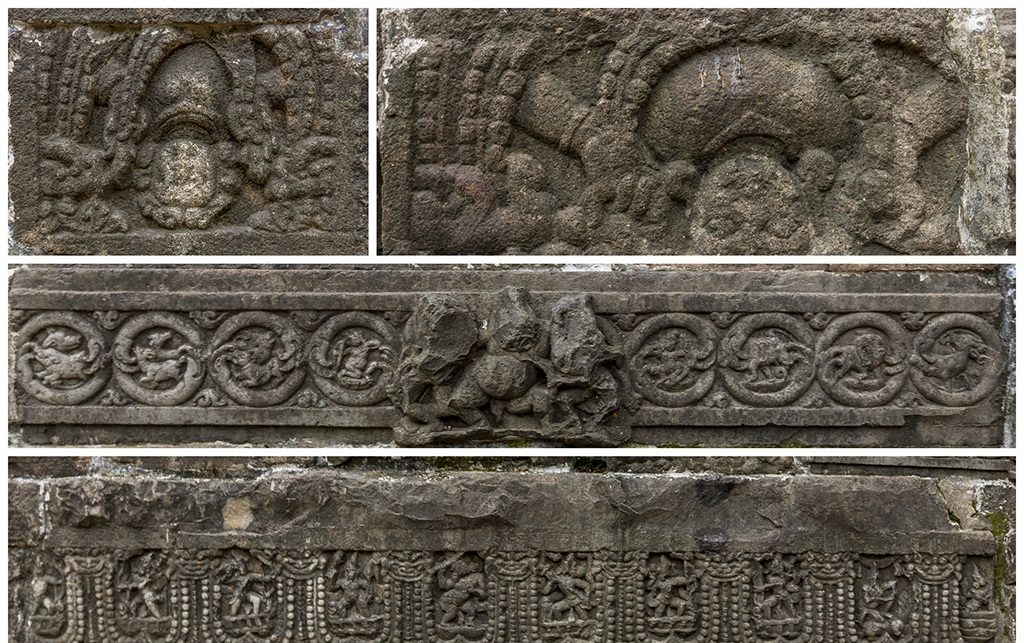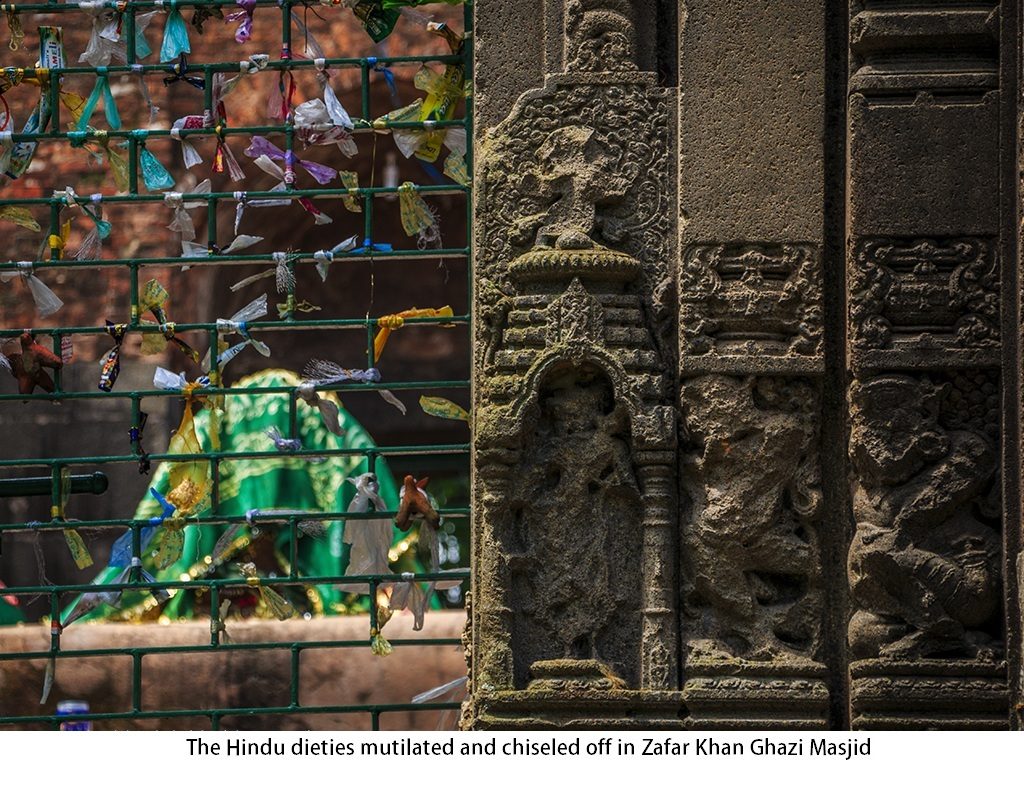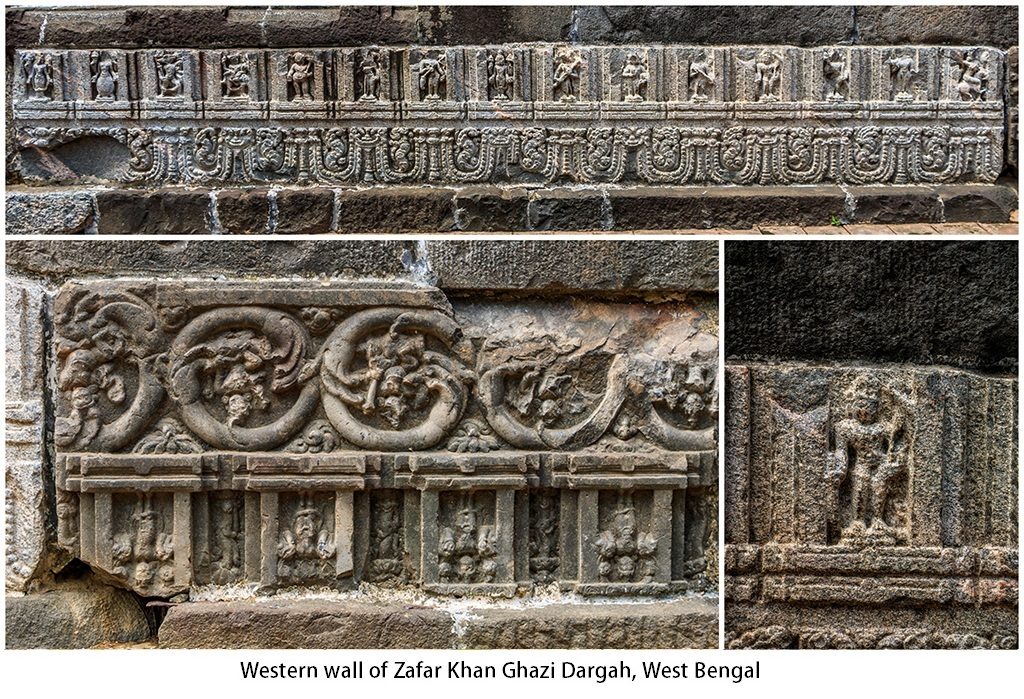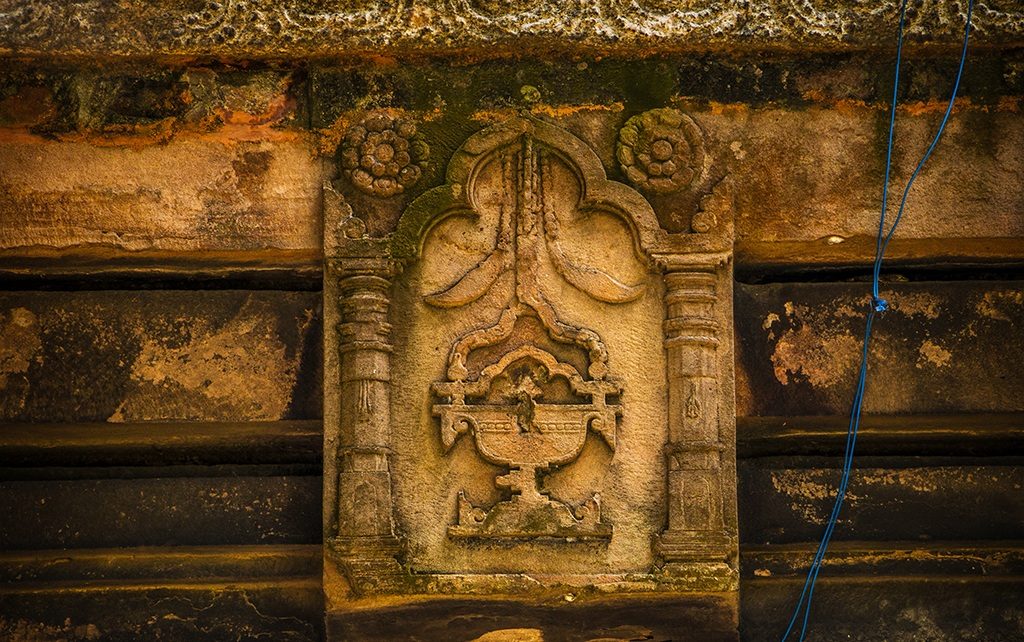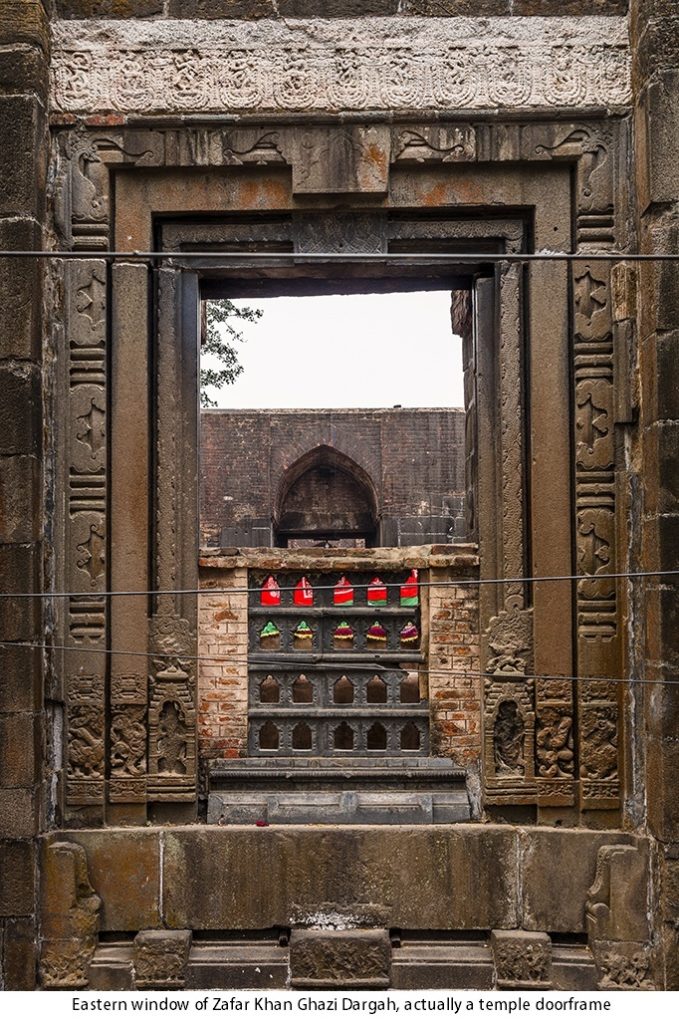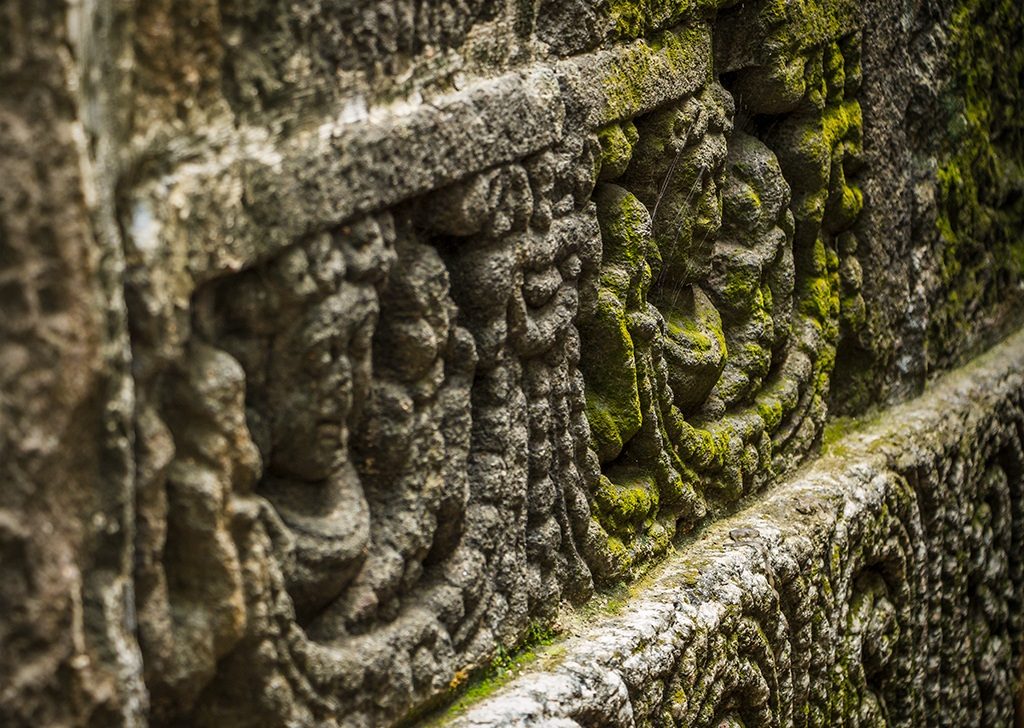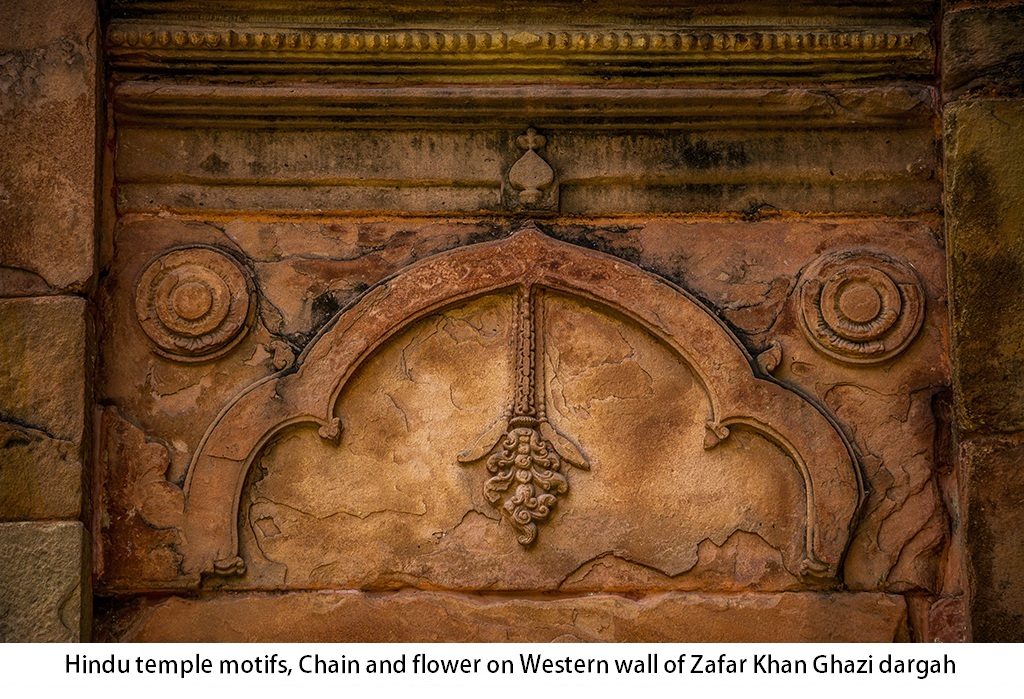Siddheshvara temple West Bengal, lying in ruins
The town Barakar is know for its Siddheshvara Temple, an early (9C) Hindu religious structure of the Orissan style with a prominent shikhara. It later served as inspiration for other temples, devoted to Ganesh, Durga and Panchanana, built in the 16C.
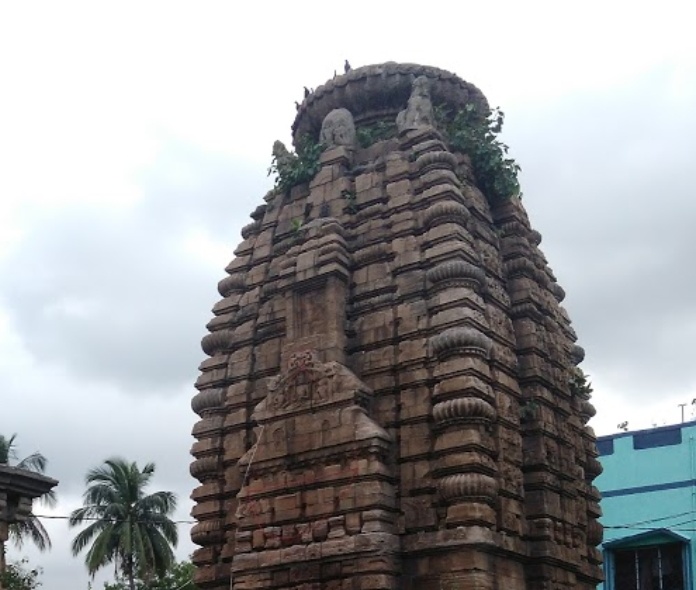
The Siddheshvara temple, seems to be the oldest and was built around 8th-9th century. It is amongst the oldest rekh-deul temples in West Bengal. The temples have Shivalingams and deity of Ganesha and Durga. Many stone deity of Lord Vishnu have been discovered in the complex. “The object of worship”, Beglar writes, “is a figure of a fish lying flat, serving as an argha to five lingam holes cut in it”. I found 5 shiva lingams, surrounded by a sort of parapet created with modern cement. The purpose of the parapet is obvious – copious amounts of water are poured on the lingams as part of worship and the water has to be directed towards an outlet in the floor. No doubt locals, who have kept the temple active, have done this for their own convenience. Outside the temple are two decayed but identifiable stone “nandi” bulls, Lord Shiva’s mount.
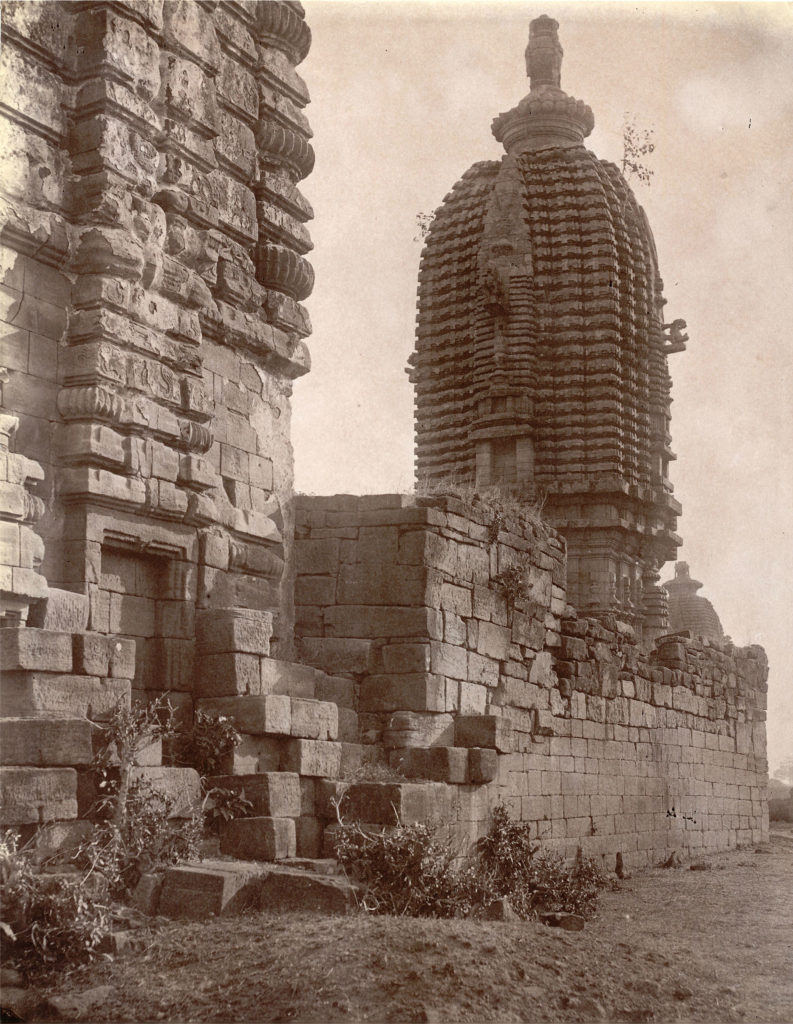
Siddheshvara Temple at Barakar, Burdwan district taken by J.D.Beglar in 1872-73. Beglar wrote, “Barakar…contains several very interesting ancient remains, in excellent preservation”. Temple number 5, “…consists of a cell and an antarala, or vestibule. It does not appear to have ever had a mahamandapa in front. The object of worship is a lingam, placed in a great argha, 4 feet 7 inches in diameter. Besides this there are lying, in and out, statues and fragments, among which may be reckoned, Ganeca, a 4-armed female, a 4-armed male holding a sword and a trident in two hands, and some nondescript fragments.”
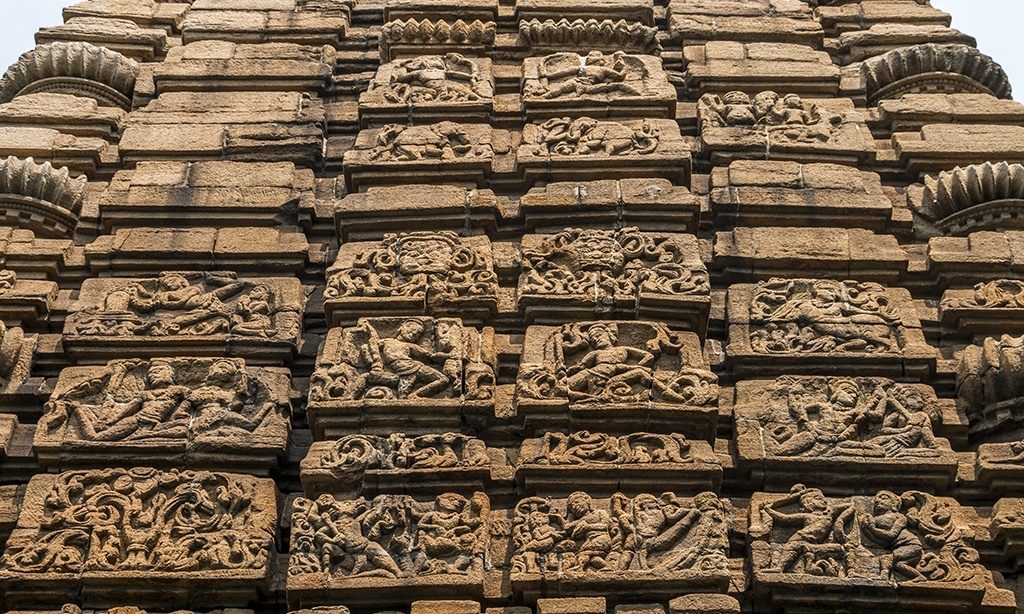
J.D. Beglar, Report of a tour through the Bengal Provinces…in 1872-73 (A.S.I. vol. VIII, Calcutta, 1878), p. 151-3 The temple was built in the ninth century however the adjacent mandapa is a modern addition.
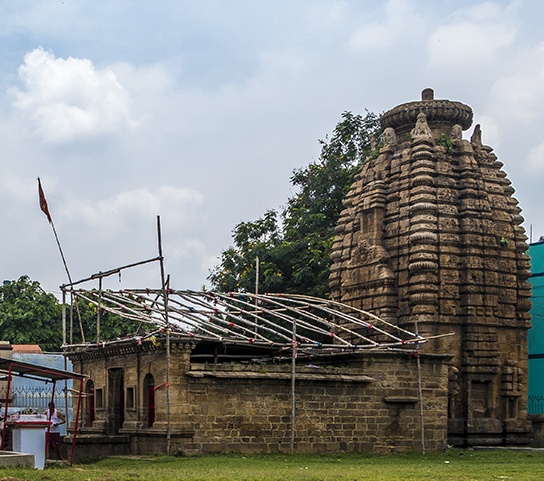
Standing adjacent to Siddheshvara temple is significantly different from the other 3 extant temples in architectural style. The shikhara or tower, in this case, is much lower. At the top of the four corners of the shikhara are four animal figurines, facing outward. While it is difficult to say exactly what these are because they have significantly decayed, I have a feeling that these are lions. Four lions facing the four corners is something we see on top of the Kailasa temple in Ellora as well, although what purpose they serve, I do not know. The shikhara itself is much more profusely decorated, and although the stone has decayed, it is is still possible to make out that rich carvings are in a whole different class altogether. The carvings appear to depict Puranas scenes though several kirtimukhas are also present. The shikhara is topped by a very large amalaka or disc, which is topped by what appears to be a very plain stone cylinder. Beglar writes that the temple may have had a metal trishula, Lord Shiva’s trident, on top at one point. Above the entrance to the sanctum, there is a sculpture of Lord Shiva, seated in the lotus position with a snake on his right. He is flanked by two other figures, one female, and one male. Decayed sculptures of Shiva with his consort appear between each of the animal figures on the shikhara.
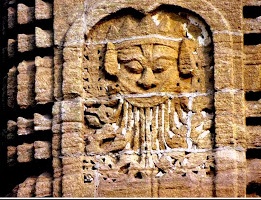
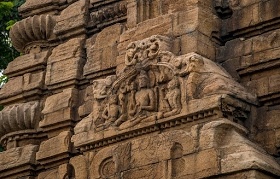
Siddheshvara is also the only temple to have a mandapa, although this seems to have been added later on. This is immediately apparent from the fact that the mandapa contains windows with keystone arches, which are clearly colonial. But Beglar had found one further clue, and that is that the mandapa, in this case, seemed to be covering the mouldings on the front of the temple. Even in 1872, the mandapa was devoid of a roof, and today, a makeshift bamboo structure is used, covered by waterproof material when needed.

Inside the sanctum, there is a simple lingam which is now surrounded by modern cement, probably to direct the flow of water which is poured on the lingam, to the gutter in the floor. Beglar had found several other figurines lying outside the temple, including a Ganesha, a four-armed female and a four-armed male holding a sword and trident. These have been ruined so much that it is impossible to identify them.
After the Muslim conquest of Bengal ancient stone temple of Lord Shiva Siddhesvara original Lord Shiva Lingam has been stolen or destroyed , half portioned of the temple was being destroy. Temple Siddheshvara of Barakar, Burdwan district is surviving for existence due to lack of Government and local people care and ignorance.
#ReclaimTemples

